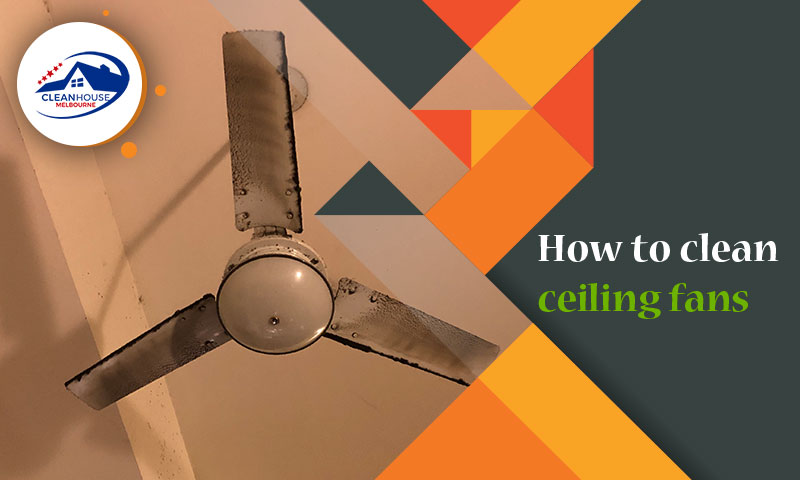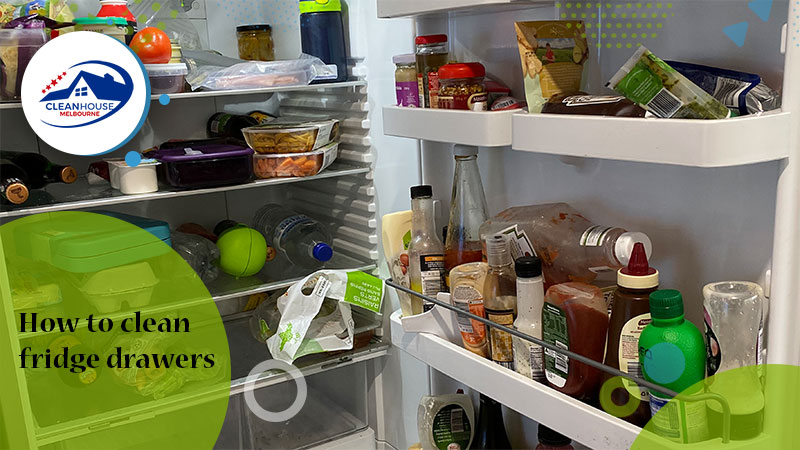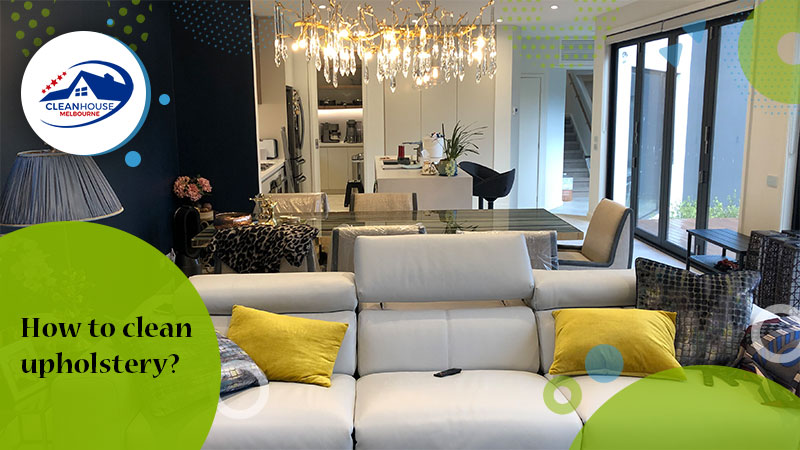Do you spend hours trying to clean all the fiddly things in your home and wish there was an easier way? …There is! Lampshades, doorknobs, mirrors – these items seem to collect grease and grime in an instant, but they’re also the ones that confuse us the most when it comes to trying to keep them clean.
If you’re prone to putting off cleaning these household items because they’re too time-consuming, or you just don’t know how to clean them properly, keep reading. We have some quick and easy solutions to keeping these common household items hygienic and sparkling – no stress required.
Here are 11 of the most fiddly items in the home and how to clean them the easy way!
How to clean doorknobs:
Doorknobs are one of the dirtiest and germ-ridden places in the home, so it’s essential to clean them regularly. To avoid the spread of germs and keep your doorknobs sparkling, weekly cleaning is recommended. The simplest and fastest way to clean doorknobs? Using store-bought or commercial grade antibacterial wipes. Tip: Only use one wipe per room to adequately clean the surface and prevent the spread of bacteria.
How to clean mirrors:
We’ve all spent countless hours trying to get the mirrors in our home sparkling and clean, only to end up with a streaky, cloudy mess that doesn’t get better no matter how much time we spend on it! Let’s face it, a dirty mirror can be really annoying, and they bring down the beauty of a room in an instant.
While there are various store-bought mirror cleaners out there, you can get an amazing result just by using rubbing alcohol and a microfibre cloth.
First, rub off any gunk such as toothbrush splatters, makeup, fingerprints and water spray with rubbing alcohol. Next, you can use a standard glass cleaner to spray across the mirror if desired. Last, use a dry microfibre cloth to remove any residue.
Tip: Be sure to use a zig zag pattern when wiping, this is proven to get the shiniest and most streak-free result!

How to clean ceiling fans:
Ceiling fans are extremely good at trapping dust, but they’re notoriously difficult to keep clean. Dirty ceiling fans are not only unsightly, they cause problems for allergy sufferers.
To clean ceiling fans, try this handy trick:
First, switch off the fan, and tape down the switch as an added precaution. Put an old sheet on the floor under the fan, covering about twice the diameter of the fan. Make your own cleaner by filling a spray bottle with 2 tablespoons of white vinegar and water. Spray the solution into an old pillowcase. Using a step ladder, slide one blade at a time into the damp pillowcase and rub gently to dislodge the dust. Why use a pillow case? The dust will fall into the case, and not onto you or the floor.
How to clean the kettle:
Kettles frequently get mineral deposits built up inside, especially if the water in your area is hard. While those greenish flecks are harmless, they are unsightly, and we’d all prefer to drink our tea from the purest source possible.
To remove them: fill the kettle half with water and half with white vinegar and bring to a boil. Let the kettle stand overnight. The next day, rinse with plain water then boil again with clean water to remove any trace of vinegar.
How to clean lampshades:
Fabric lampshades may look homely, but they are also a home for plenty of dust! Rather than trying to vacuum these clean – which can be awkward to do and damaging to the lampshade, simply run a lint roller over the outside and inside surfaces, then blow any remaining dust from the crevices with a hair dryer.
Tip: for fabric or textured lampshades, avoid using a damp cloth to remove dust as this can mix with any grease that’s settled onto the shade and cause clumps which are difficult to remove.
How to clean pillows:
Our bedding is one of the most dirty and unhygienic things in the home, and it’s also the most difficult to keep clean. Pillows and mattresses harbour millions of particles of dust, dead skin, sweat, and other nasties so it’s important to know how to clean these household items effectively.
For pillows, it’s possible to wash synthetic and feather varieties in the washing machine with mild liquid detergent. Make sure to wash pillows in pairs to keep the machine balanced, and dry on low heat to avoid clumping.
Need to clean your mattress? Our mattress cleaning service can help!
How to clean knives:
As convenient as it may feel at the time, don’t put good kitchen knives in the dishwasher. High water temperatures and strong detergents can damage the blades and ruin the handles. Instead, kitchen knives are best cleaned by hand with hot soapy water then towel dried. Also, it’s never recommended to soak knives as this can cause blades to rust and wooden handles to shrink.

How to clean fridge drawers:
Fridge drawers can accumulate everything from old vegetable matter through to suspicious liquids that have drained out of packaged foods and meat. Yuk! Not only do dirty fridge drawers look unappealing, they can breed bacteria.
To clean them properly, it’s best to remove them from the fridge and soak for half an hour in hot, soapy water in the sink. Alternatively, you can put fridge drawers through the light cycle on the dishwasher. After washing, sprinkle with baking soda and wipe with a sponge.
How to clean sliding-door tracks:
It’s possible to spend hours on our hands and knees trying to get those fiddly sliding door tracks clean. But – there is an easier way.
Simply spray a generous amount of all purpose cleaner onto the tracks and let it sit for 10 minutes. (This will dislodge the grease and dirt and make removal easier.) Then, simply wipe up the loosened grime with paper towels.
Another great way to get into nooks and crannies in the tracks is to spray a rag with cleaning fluid, then drape the rag over the tip of a screwdriver or Chinese chopsticks to clean back and forth.
How to clean the kitchen sink:
The best way to keep the kitchen sink clean is to clean it daily with a sponge and an all-purpose cleaner, then give it a deep clean at least once a week. Scouring stainless steel sinks can be done with a mild abrasive cleanser such as Jif, or a degreasing cleaner applied with a scouring sponge. To get rid of soap scum from stainless steel or porcelain, use white vinegar.

How to clean leather upholstery:
According to leather restorers, the best way to clean leather is with soapy water and a very damp soft cloth, such as an old t-shirt. Tip: use only a very mild soap and avoid dishwashing soap, which can get too lathery. Simply wring out the rag in the soapy water and gently rub it over the leather.
For difficult stains such as pen marks, you can apply rubbing alcohol or lemon juice onto the affected area with a cotton bud. For scratches and small nicks, a leather cleaner can help them blend in – just wait 24 hours after cleaning to ensure the leather is 100% dry before applying any cream.
FAQs about Pre Sale Cleaning:
- Why should carpets be cleaned before selling a home?
Freshly cleaned carpets create a welcoming atmosphere, enhancing the home’s presentation and appeal to buyers by making the space feel fresh, clean, and ready for immediate occupancy. - How do clean carpets impact a property’s value?
Professionally cleaned carpets can elevate the perceived value of a property, showcasing the home’s maintenance quality and encouraging buyers to see it as a worthwhile investment. - What are the benefits of professional carpet cleaning for home sellers?
Professional cleaning restores carpets to their original condition, removes allergens and odours, and presents the home as clean and hygienic, which is crucial for attracting buyers. - How does carpet cleaning enhance the visual appeal of a home?
It removes stains, evens out the colour, and revives the carpet’s texture, making rooms look brighter and more spacious, thus improving overall aesthetic appeal. - Why is DIY carpet cleaning not enough when preparing a home for sale?
DIY methods may not remove deep-seated dirt, stains, or allergens effectively. Professional cleaning ensures a thorough, long-lasting clean that maximises the carpet’s presentation. - Can freshly cleaned carpets help reduce allergens in a home?
Yes, professional cleaning removes dust mites, pollen, and other allergens, creating a healthier environment that’s appealing to potential buyers, especially those sensitive to allergies. - How frequently should carpets be cleaned before listing a home for sale?
It’s recommended to clean carpets professionally at least once before showing the home to ensure maximum freshness and presentation quality. - Does carpet cleaning remove odours that might deter buyers?
Absolutely, professional steam cleaning eliminates embedded odours from pets, spills, or general wear, leaving the home smelling fresh and inviting. - What type of carpet cleaning is best for home sales preparation?
Steam cleaning is highly effective as it deeply cleans, removes stains, and refreshes fibres, providing the best results for showcasing a property. - How long before a home inspection should carpets be cleaned?
Schedule the carpet cleaning service a few days before the inspection to allow time for drying and to present the home in its best condition.
If you need help cleaning all the fiddly things in your home, why not leave it to the experts! Clean House Melbourne are professional house cleaners that can get your home clean and sparkling without you having to lift a finger.
Contact us now to obtain a free, no-obligation cleaning quote.


 Email Us
Email Us Whatsapp
Whatsapp


